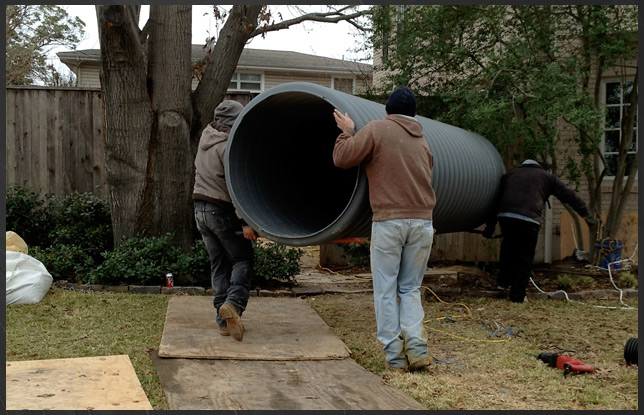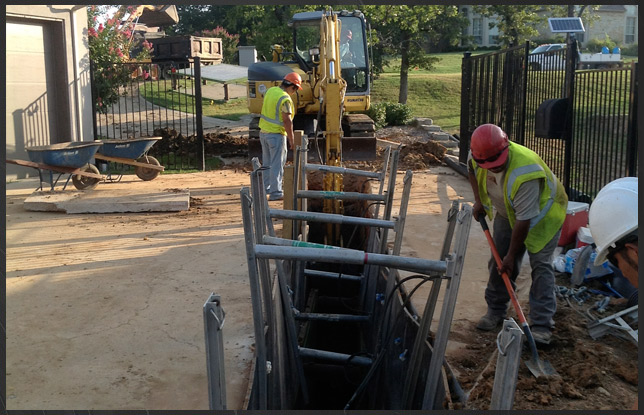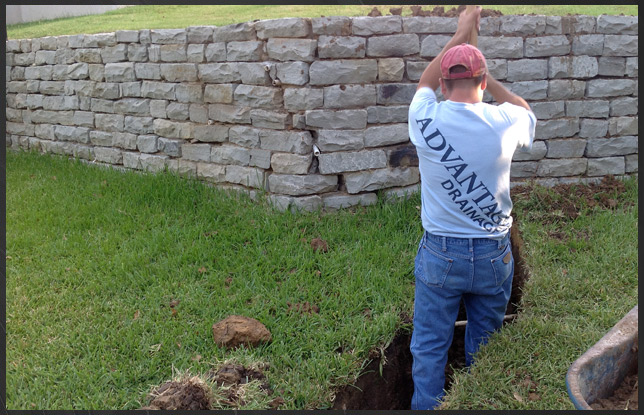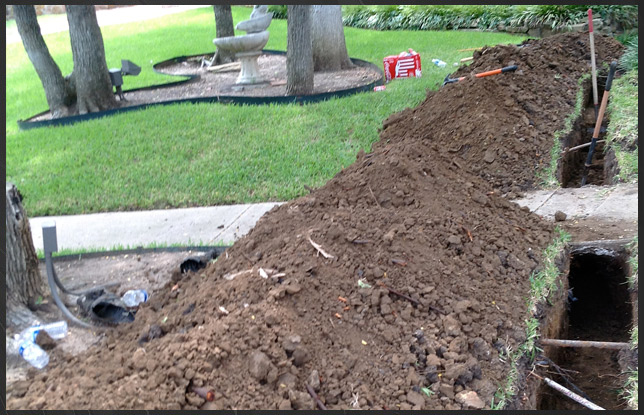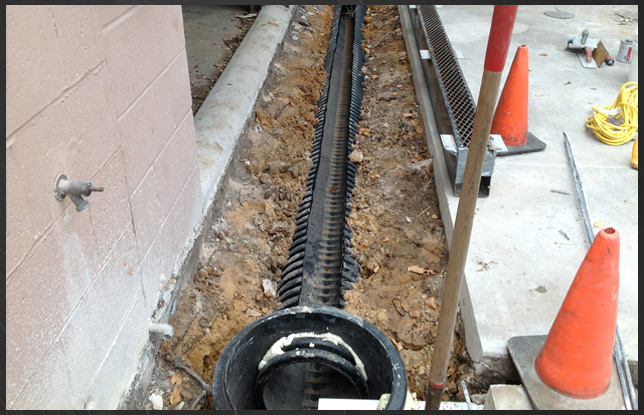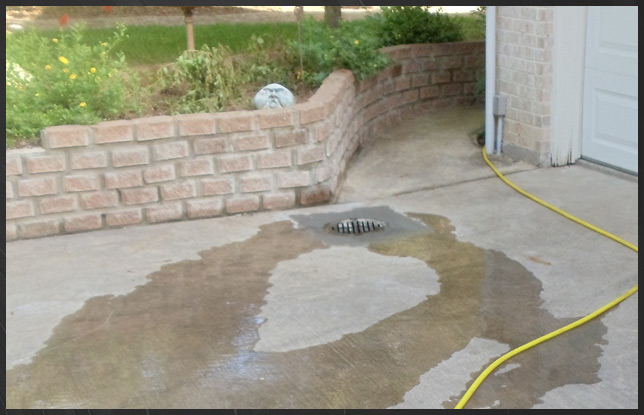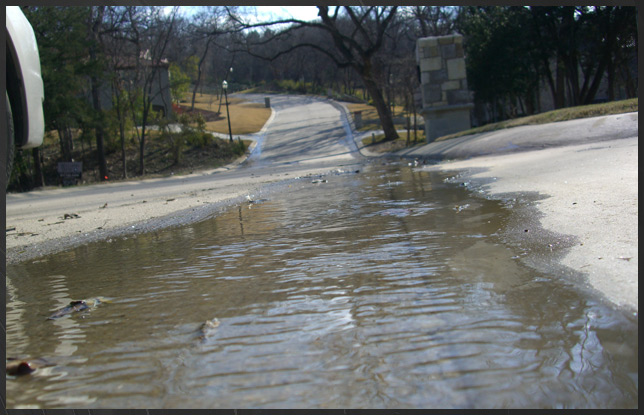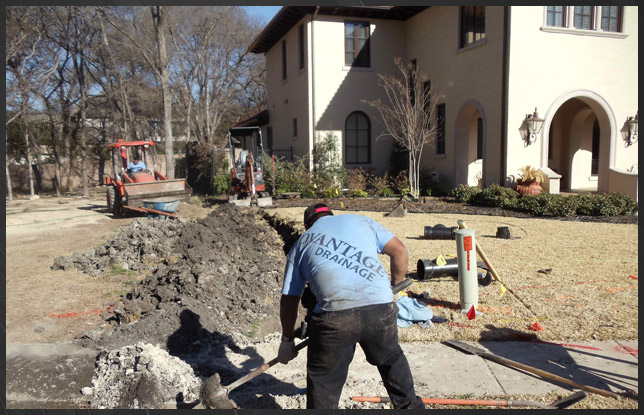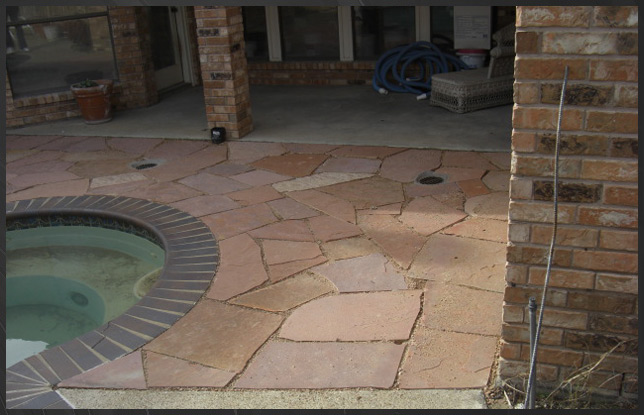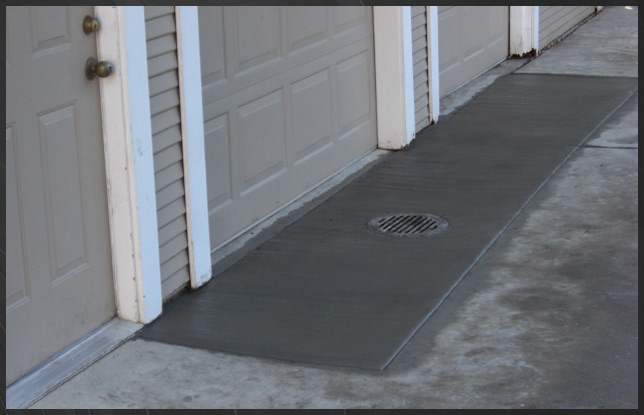Consulting Engineers
Offering Engineer Consultants for the Greater Dallas and Tarrant Counties
Advantage Drainage offers consulting engineer services through two respective companies in the Dallas Fort Worth Metroplex who can create a well-documented engineering plan to meet any project's needs. We offer State Licensed Engineers to design your complete drainage system.
Grant Engineering, Inc.
Staud Consulting Services
About Grant Engineering, Inc. - Consulting Engineer Services
Each project has its own particular set of design parameters. An elementary solution that solves one drainage problem might not be applicable to another project.
When warranted, our contract consulting civil engineer will analyze the site for volume of runoff and design a discharge system accordingly. Most projects are designed in accordance with the guidelines contained in the "Storm Water Management Design Manual" incorporating the City of Fort Worth Local Criteria Section and the North Central Texas Council of Governments (NCTCOG) integrated Storm Water Management (iSWM) Design Manual for Site Development. These standards were first promulgated in 2006, and are commonly referred to as I-SWIM Standards.
There are a number of factors to consider in the design of a drainage system. Among them are:
Gravity.
The lack of a positive outfall that drains by gravity alone might dictate the installation of a pump.
Porosity.
Consideration is given to the degree of porosity of the site. Projects that are heavily impervious will be designed for larger volumes of discharge that those with more pervious area.
Slope.
Steeper sites drain faster that flat sites. Steeper sites generally require fewer intakes, while flatter sites require more intakes.
Frequency of Return.
A storm event with a short but intense duration will generate more runoff than a longer but milder storm. All habitable areas should be protected from the inundation expected of a 100-year storm. Other areas can be protected from the same storm, or a storm of lesser duration, depending on the owner’s wishes.
Infrastructure.
The condition of the receiving body (gutter, inlet, pond, open pervious area, etc.) affects design considerations. A basic principal is to not overload the downstream areas.
Type and Size of Discharge.
Whether using a closed system or an open flume, the choice of material (concrete, smooth or corrugated metal, HDPE) affects certain design parameters. Where a perforated pipe in a gravel trench might work in one instance, groundwater levels or the moisture content of the soil might dictate a solid pipe in another.
About Staud Consulting Services - Consulting Engineer Services
With over 25 years of experience in both the public and private sectors working a civil engineer in both design and construction it's safe to say one of the most common issues that arises is how to appropriately deal with stormwater runoff. Through increased development runoff has continued to increase as the overall porosity has decreased, leaving us with more and more runoff year after year. To limit the impact of additional runoff, cities and agencies continue to develop and institute policies to limit the potential for further incremental increases in runoff.
Though most projects are much smaller in scale and require less complex drainage studies and systems, the project scale dictates the level and type of coordination required with appropriate agencies. As licensed civil engineers, we can analyze the site, determine the volume of runoff and design a stormwater system in accordance with governing municipal guidelines. While some sites can be addressed with overland flow through drainage swales and ditches, more complex systems can also be utilized to capture and carry runoff to a point of discharge. Even more complex projects require floodplain, culvert and bridge hydraulic modeling as well as coordination with the municipality and respective floodplain manager.
There are a number factors that must be considered when addressing runoff including land use, soil porosity, terrain slope and vegetation as well as storm frequency, intensity and duration. Depending on the land use and type of structure, different levels of protection may be required or selected. In addition the volume of runoff, the effects of ponding and saturation of soils must also be considered. Failure to provide adequate grading to quickly remove surface runoff away from structure can commonly lead to the seasonal variation of soil moisture and result in substantial property damage due to the expansive properties of local clay soils.
Consulting engineering services provided by:
Christopher M. Staud, Licensed PE (AR, CO, FL, GA, KS, MA, MD, NH, OH, TX, VA)
Engineering services are independent of those provided by Advantage Drainage.
Liability for services borne independently by respective companies.



